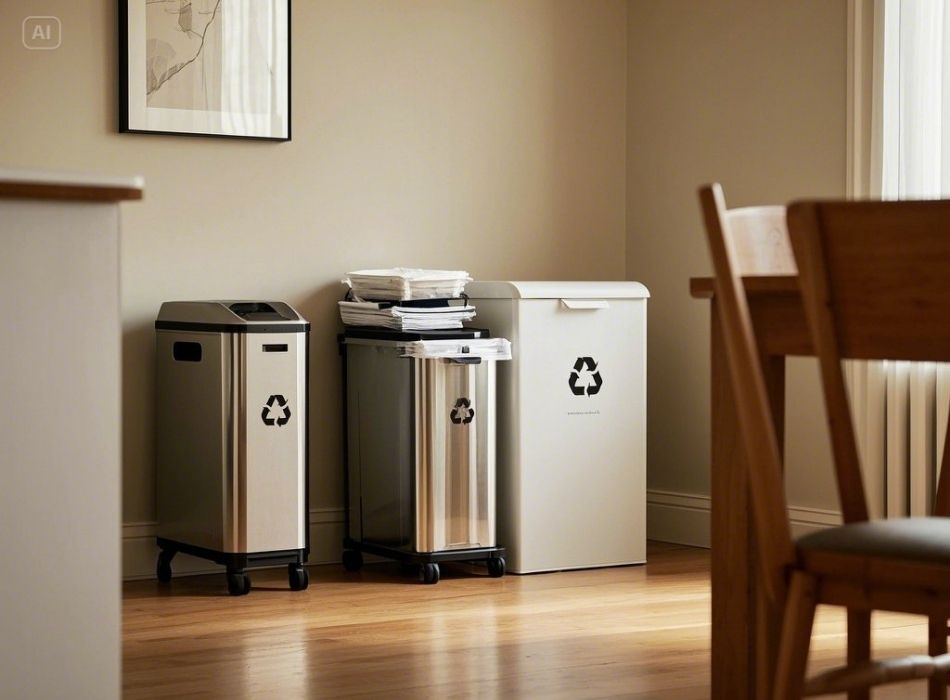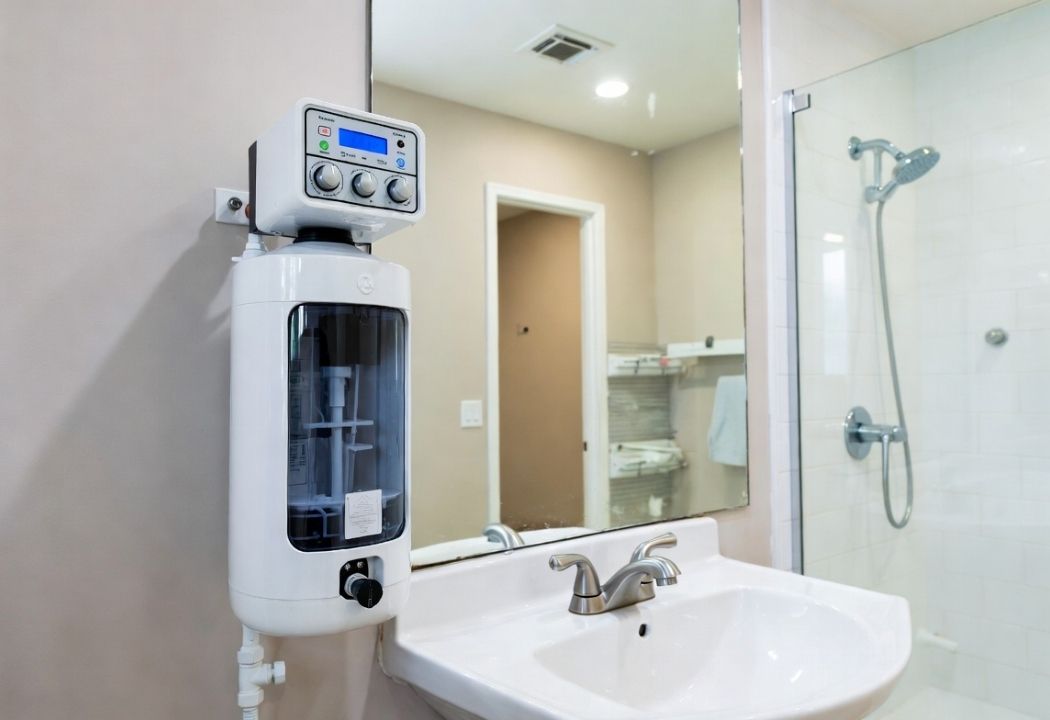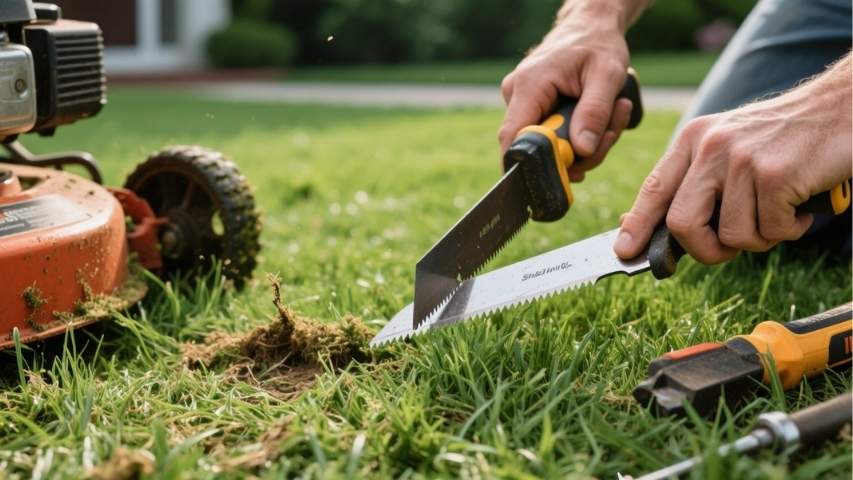Many of us are committed to recycling, but finding a practical and stylish way to store it in a small space like a dining room can be challenging. For apartment dwellers or those looking to use their space efficiently, recycling bins that seamlessly blend into your home’s design can make a world of difference.
This blog explores creative solutions for recycling storage in your dining room, helping you stay eco-conscious without sacrificing style or functionality.
Why Recycling Storage Matters in Small Spaces
When space is at a premium, every inch matters and the placement and organization of your recycling bins directly affect your home’s functionality and appearance. For those who want to maintain a stylish dining room, the last thing you want is to have unattractive bins disrupting the flow of the space.
The good news is that plenty of options allow you to stay organized, recycle effectively, and keep your dining room looking polished.
Stimulate Creativity with These Recycling Storage Ideas
1. Opt for Multi-Purpose Furniture
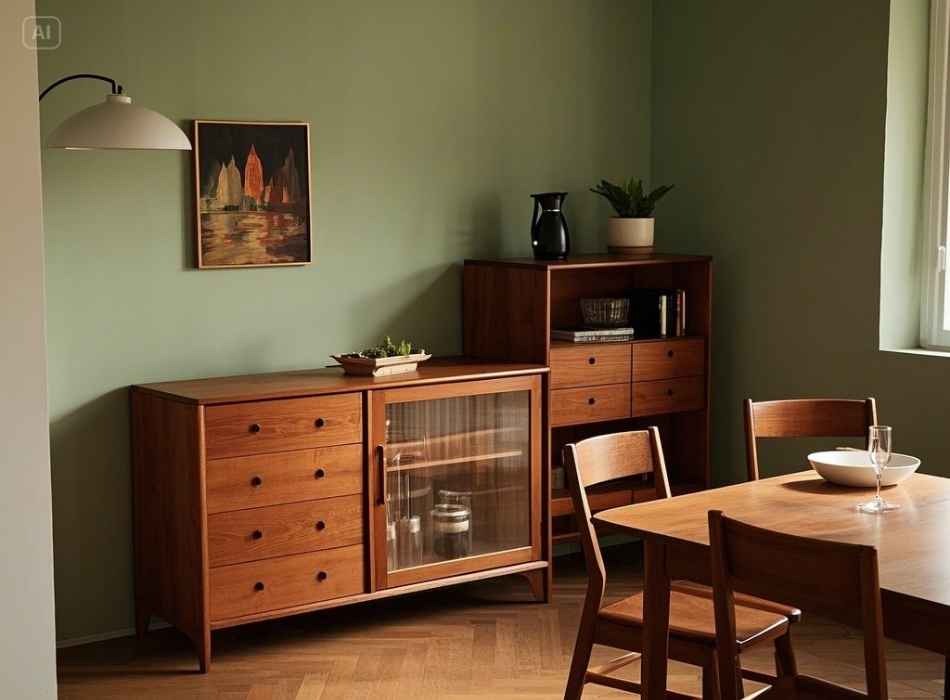
Furniture that serves multiple functions is a lifesaver in small spaces. For the dining room, look for items like:
- Benches with hidden compartments. Store recycling bins inside a sleek bench that doubles as extra seating.
- Sideboards or buffets with cabinet space. These can neatly hide bins and still serve as storage for dining essentials.
- Ottomans with storage. Perfect for smaller spaces, ottomans can provide hidden recycling storage alongside extra functionality like seating.
These solutions allow you to reduce clutter while keeping everything within reach.
2. Use Slim and Stackable Recycling Bins
Slim and stackable bins are a game changer for small apartments:
- Look for narrow recycling bins that fit into tight corners or next to other furniture pieces.
- Opt for stackable bins to divide materials (like paper, plastic, or glass) efficiently using vertical space.
- Consider clear or labeled bins to keep things simple and organized.
These bins maximize your space, and their compact design ensures your dining room remains uncluttered.
3. Go Vertical with Wall-Mounted Solutions
When floor space is limited, walls can become your best ally. Try:
- Wall-mounted recycling bins. Hang bins at a convenient height to make sorting materials quick and easy.
- Stylish hooks or racks. Use reusable bags or baskets hung on hooks to keep your recycling within arm’s reach.
- Pegboard systems. Pegboards are customizable and allow you to mount recycling containers alongside other dining room essentials.
These wall-mounted solutions save space and can also add an element of creativity to your design.
4. Upgrade to Stylish Storage Options
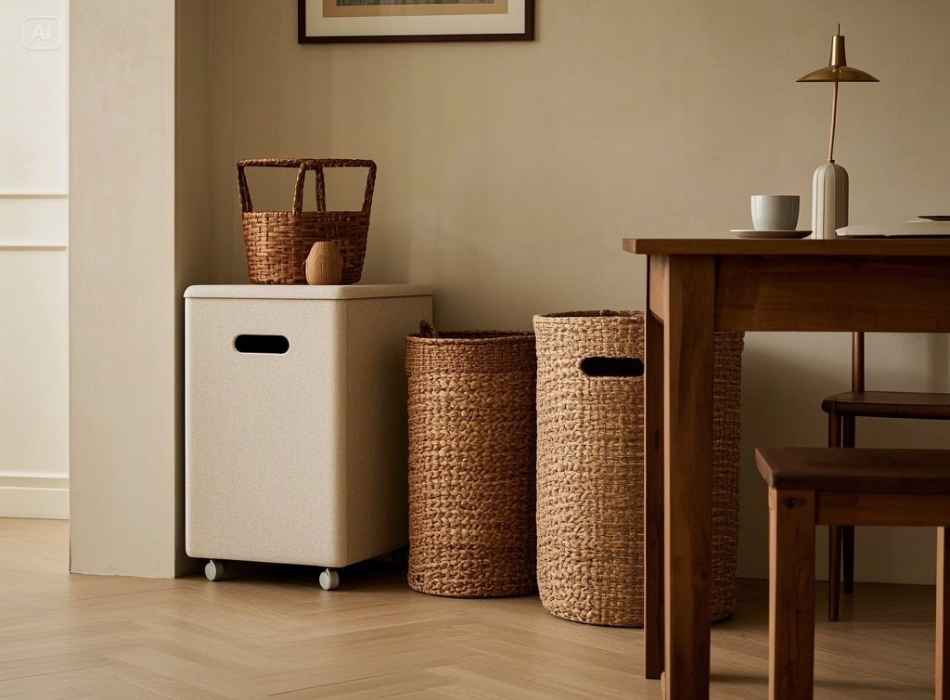
Who says recycling storage can’t be chic? Choose designs that blend harmoniously with your dining room’s aesthetic:
- Bins are made from natural materials like bamboo or wicker. These pair beautifully with modern or rustic décor styles.
- Recycling compartments built into furniture. Many modern dining tables or side tables now include discreet recycling slots.
- Decorative baskets or crates. Use these to keep recycling accessible while doubling as eye-catching accent pieces.
Recycling becomes an integrated and seamless part of your dining room by choosing aesthetically pleasing designs.
5. Utilize Underutilized Spaces
Sometimes, the best recycling solutions come from overlooked areas. Consider:
- Under the table. For the genuinely space-conscious, small bins or baskets can be discreetly tucked beneath your dining table.
- Behind doors. Add compact bins behind the dining room or cabinet doors to keep them out of sight.
- Under benches or banquettes. If your dining room has built-in seating, use the space underneath for concealed recycling storage.
These creative approaches make use of every square inch of your dining room.
6. Label for Stress-Free Sorting
Adequate recycling storage is only helpful if it’s easy to use. To simplify sorting for you and your family, add labels or color-coded bins.
- Design your labels. Match the labels’ design to your dining room’s aesthetic for a polished look.
- Use colors to differentiate materials. For example, blue is for paper, green is for glass, and yellow is for plastic.
- DIY decorative touches. Add hand-drawn tags or painted labels to add character and ensure proper recycling habits.
Not only does labeling make the system easier to manage, but it also encourages consistent habits among everyone in your home.
7. Make Recycling a Statement Piece
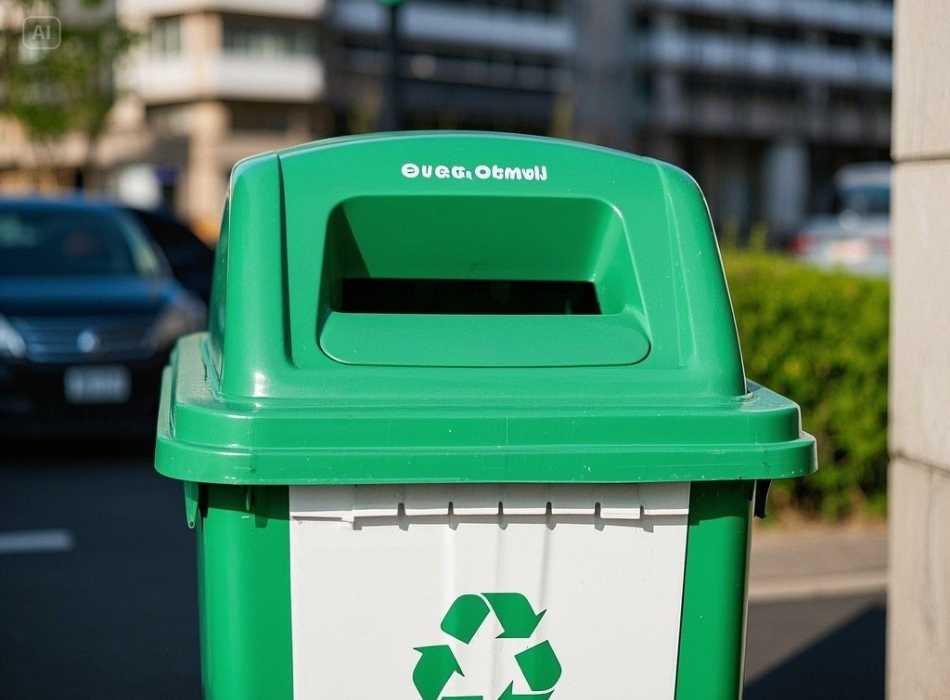
For the bold, recycling doesn’t have to be hidden away. Showcase your eco-friendly efforts with pride:
- Use artsy recycling containers that double as statement pieces in your décor.
- Look for designs with bright colors or patterns. These can add a playful touch to your dining room.
- Create a dedicated recycling station. With thoughtfully organized bins, baskets, and labels, this can be a focal point and even a conversation starter.
You can combine eco-consciousness with great style by integrating recycling into your design.
Pro Tips for Small-Space Recycling Storage
- Go for odor control: Use bins with lids or add deodorizing filters to prevent unwelcome odors in your dining room.
- Empty frequently: Avoid overflow in small spaces by emptying your bins regularly.
- Personalize it: Incorporate your style into your recycling setup, whether through a modern minimalist design or something more eclectic.
- Choose durable materials: Avoid flimsy options that may wear out quickly, especially in high-traffic areas like the dining room. Opt for sturdier materials like metal or plastic.
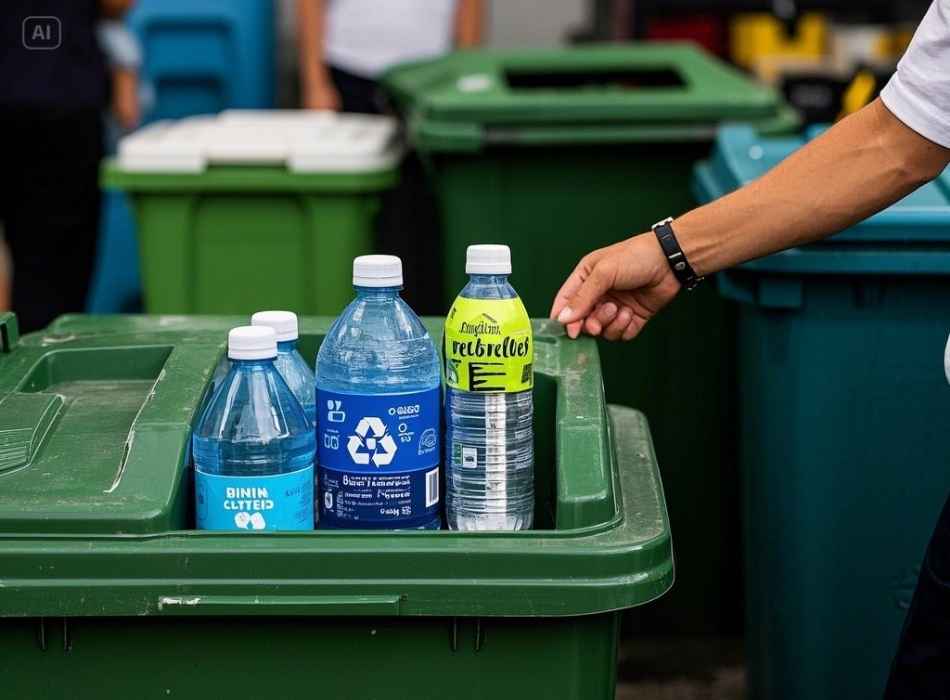
- Consider size and capacity: Choose a bin that can hold an appropriate amount of recyclables based on your household’s recycling habits.
- Label bins clearly: Use clear labels or color-coded stickers to make it easy for everyone in your household to know which bin is for what type of material. This will also help prevent contamination in your recycling.
- Educate yourself: Familiarize yourself with your local recycling guidelines and rules, which can vary from city to city. This will ensure that you are correctly sorting and disposing of your recyclables.
- Get creative with storage: If space is limited, consider using stackable bins or collapsible containers to maximize storage for your recyclables.
- Reduce and reuse: Recycling is important, but reducing waste and reusing items should be the first step. Consider ways to reduce your consumption of single-use items and find creative ways to give old items a new purpose.
- Properly clean and prepare materials: Make sure to rinse out food containers and remove any excess debris from recyclable materials before placing them in the bin. This will help prevent contamination and ensure that your materials are properly processed.
- Support local recycling initiatives: Look into community programs or organizations that promote recycling or host events such as electronic waste collections. This helps divert waste from landfills, supports the local economy, and promotes sustainable practices.
- Repurpose items for DIY projects: Get creative and turn old t-shirts into cleaning rags, or use glass bottles as vases. Plenty of online resources have step-by-step instructions for repurposing items in your home.
- Donate unwanted items: Instead of throwing away gently used clothing, furniture, or household items, consider donating them to charities or thrift stores. This not only reduces waste but also helps those in need.
- Use rechargeable batteries: Instead of constantly buying disposable batteries that end up in landfills, invest in rechargeable ones. They may be more expensive initially, but they can save you money in the long run and reduce your environmental impact.
- Shop second-hand: Instead of always buying new items, try shopping at thrift stores or second-hand shops for clothing, furniture, and household goods. This extends the life of these items and reduces the demand for new products.
- Choose eco-friendly products: Look for products made from sustainable materials or with eco-friendly certifications. These may include organic cotton clothing, bamboo utensils, or biodegradable cleaning products.
- Reduce paper waste: Use digital forms of communication and opt out of receiving physical mail whenever possible. When you do use paper, be sure to recycle it afterward.
These tips ensure your recycling system stays functional and blends seamlessly into your lifestyle.
Your Dining Room, Elevated
Recycling storage doesn’t have to diminish the function or beauty of your dining room. With smart planning and thoughtful design choices, you can create a space that’s both eco-friendly and aesthetically pleasing. Whether you opt for sleek, hidden compartments or make recycling a bold design feature, these hacks prove that sustainable living can elevate your home.
Need help organizing your space? Share your plans or ask questions in the comments below—we’d love your ideas!







